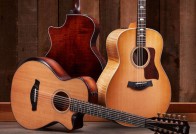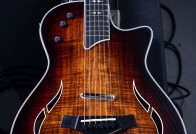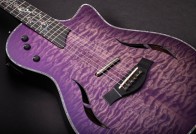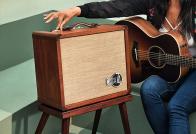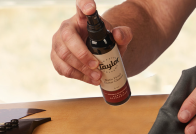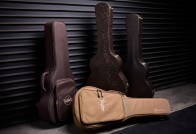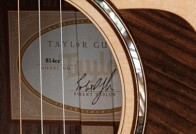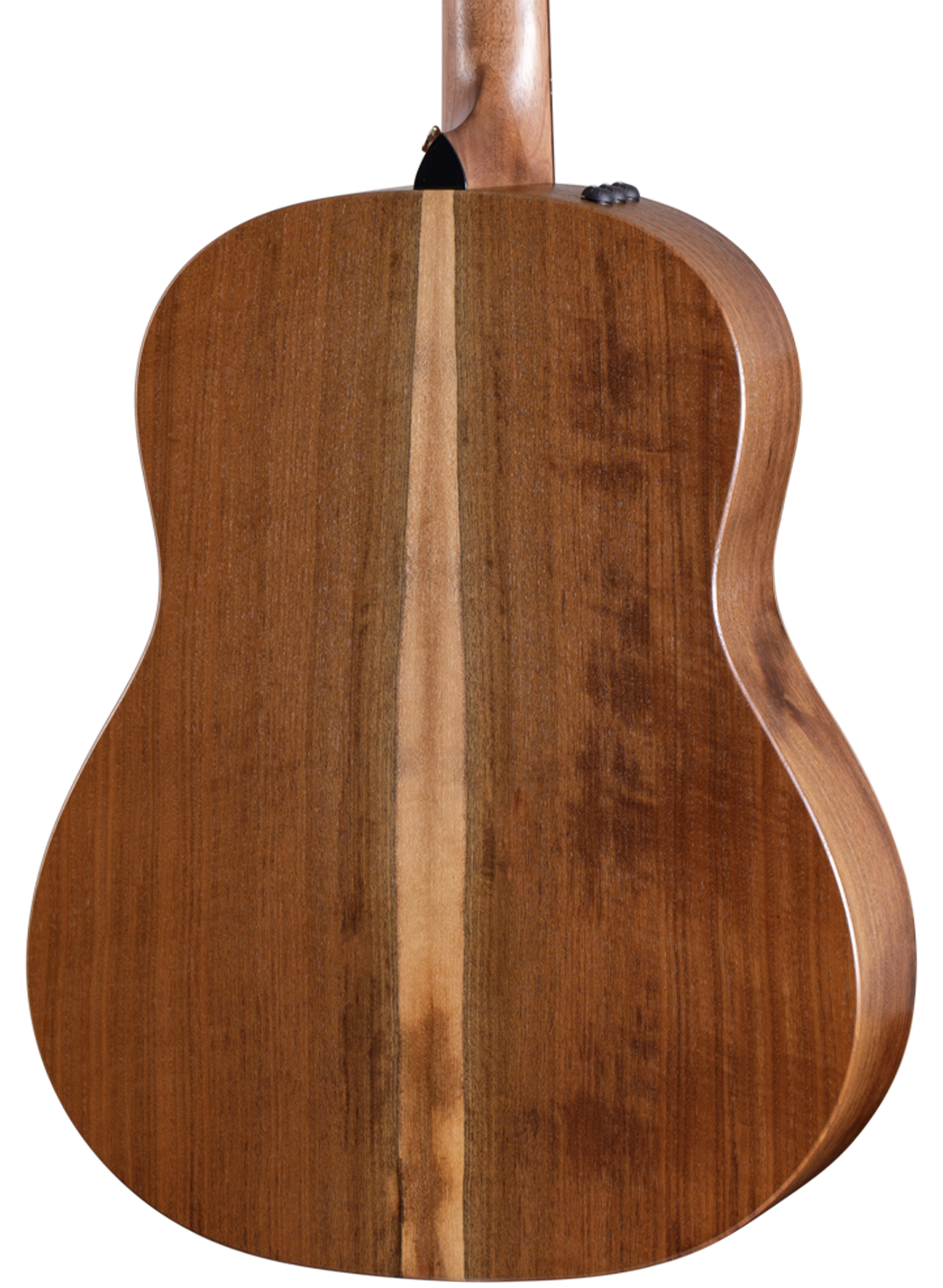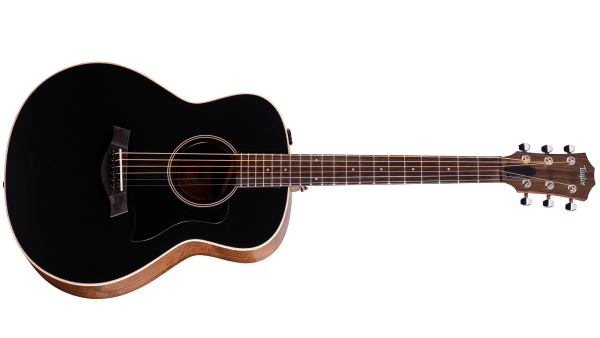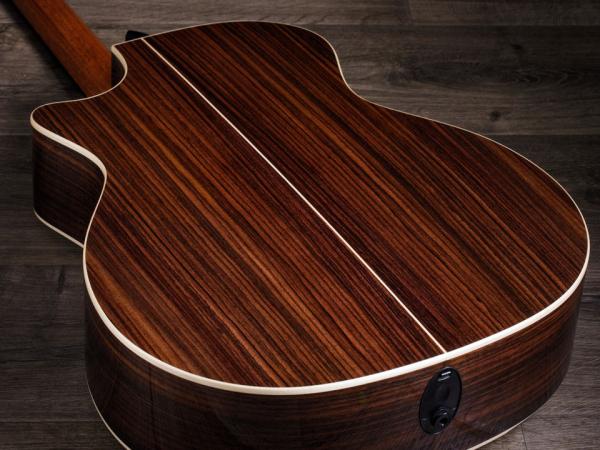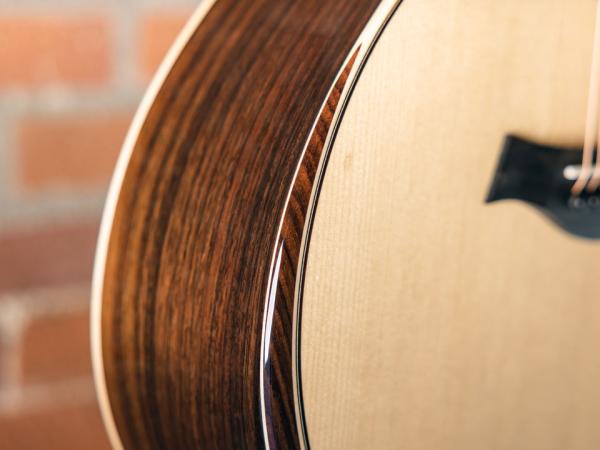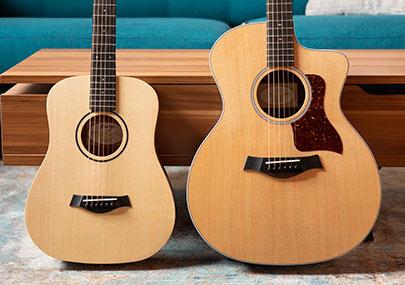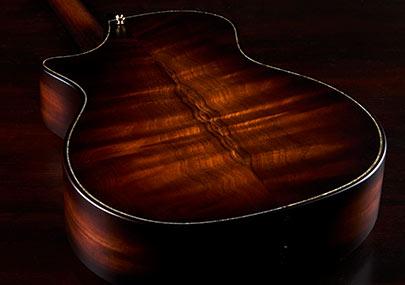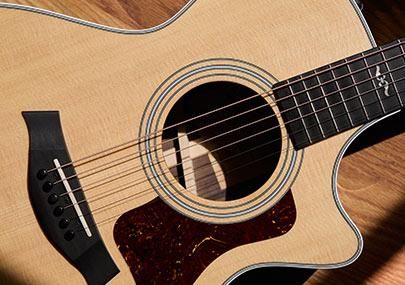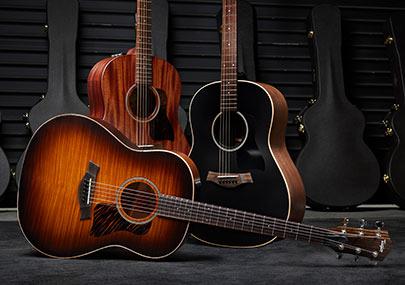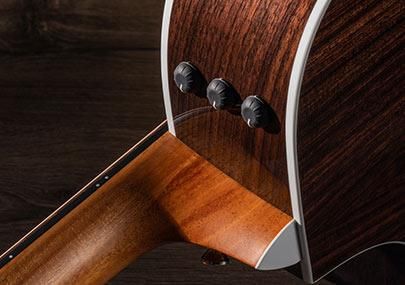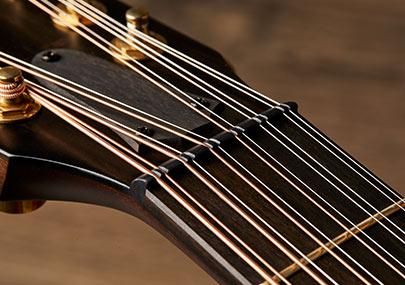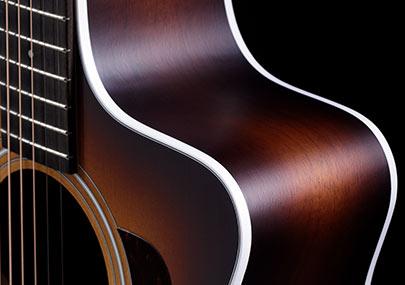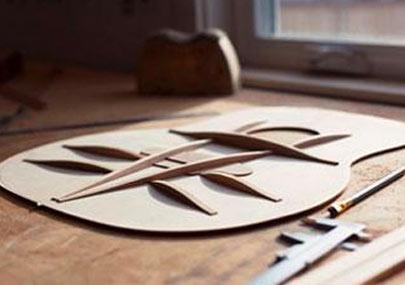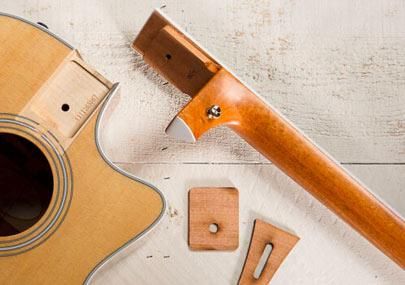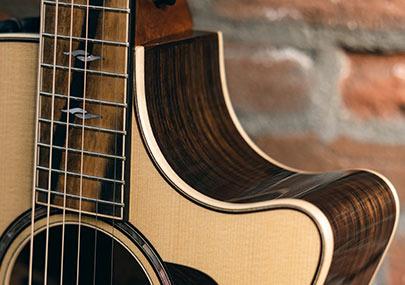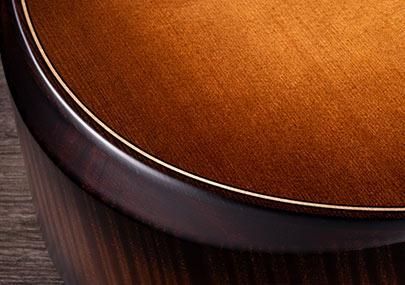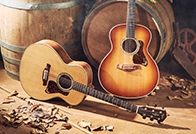
Walnut Featured Models
The hardwoods used for a guitar’s back and sides (the same species is used for both) contribute rigidity and stability to an acoustic guitar body. This helps generate more sustain from notes as they ring out. The back and sides woods also emphasize certain resonant frequencies in ways that add unique sonic colors and textures to the guitar’s overall sound.
Along with body shape and top woods, the woods used for the back and sides of an acoustic guitar play a key role in coloring the guitar’s voice. Hardwoods, such as rosewood, mahogany, koa and maple, are exclusively used. They provide the supportive shell of the guitar body, and their hardness and density add the rigidity that helps generate sustain from the notes.
Explore All Acoustic Features
The type of wood used for a guitar’s soundboard has a major impact on its tonal properties.
Each acoustic series boasts a unique package of visual details that enhance the aesthetic appeal.
Our inspired proprietary pickups faithfully reproduce the natural nuances of a Taylor guitar’s voice.
Guitars with a unique musical personality, including 12-string, 12-fret, nylon, baritone and travel.
Taylor’s eco-friendly, UV-curable finishes protect your guitar and keep it looking and sounding great.
Bracing patterns, such as our new V-Class design, bring out each guitar’s unique voice.
Our patented neck design ensures superb intonation, playability, and lasting stability.
Our elegant cutaways add to a guitar’s shapeliness and broaden your playing range.
An armrest softens the edge of a guitar body to create a more comfortable playing experience.





